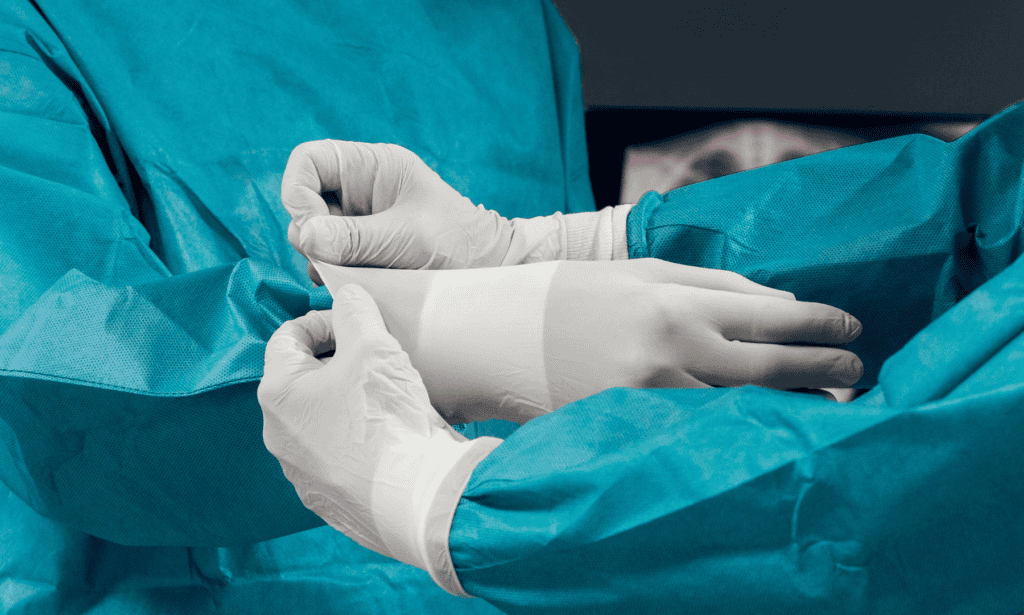Rhinoplasty Rhinoplasty and Functional Correction

Content Detail
What is Rhinoplasty?
Rhinoplasty is a surgical procedure performed to correct nasal aesthetics and functional disorders. In this way, the shape of the nose can be changed, breathing problems can be eliminated and a more harmonious nasal structure can be obtained with facial lines. This surgery, which is preferred for aesthetic and medical reasons, contributes to both the physical and psychological health of patients.
Why is Rhinoplasty Performed?
Rhinoplasty can be performed for various reasons:
Aesthetic Objectives
-
Reducing or increasing the size of the nose
-
Correction of the hump on the bridge of the nose
-
Changing the shape of the tip of the nose
-
Regulating the shape and size of the nostrils
-
Elimination of asymmetry
Functional Objectives
-
Elimination of respiratory problems (such as deviated septum)
-
Correction of structural defects caused by trauma
-
Treatment of congenital anomalies
Rhinoplasty Methods
Rhinoplasty is performed with two basic techniques:
Open Rhinoplasty
-
It is applied by making a small incision in the tip of the nose.
-
It is preferred in more complex cases.
-
It gives the surgeon a wide field of view.
Closed Rhinoplasty
-
All incisions are made through the nose.
-
It is less invasive and the healing process is faster.
-
It is often suitable for simple aesthetic changes.
How is Rhinoplasty Surgery Performed?
-
Rhinoplasty is usually performed under general anesthesia.
-
The duration of surgery varies between 1-3 hours.
-
The surgeon intervenes in the structure of the nose and reshapes the cartilage and bone tissues.
-
Postoperative tampons or splints may be used.
Preparation Before Rhinoplasty
In order for the surgery to be successful, the patient should pay attention before rhinoplasty:
-
Quitting smoking
-
Avoiding blood thinners
-
Discussing the expectations of the surgery in detail with the doctor
Postoperative Recovery Process
-
Patients can usually return to work within 1-2 weeks after surgery.
-
Nasal swelling and bruising are visible in the first weeks, but these decrease over time.
-
Full recovery can be completed in 6 months to 1 year.
-
Following the doctor’s instructions after surgery speeds up the healing process.
What are the Risks of Rhinoplasty?
As with any surgical procedure, rhinoplasty also has some risks:
-
Bleeding
-
Infection
-
Dissatisfaction with the shape of the nose
-
Respiratory problems
-
Need for revision surgery
Rhinoplasty is a surgery that provides multifaceted benefits to patients both aesthetically and functionally. With proper technique and under the direction of an expert surgeon, patients can have both respiratory comfort and an aesthetic nose structure. For more information about rhinoplasty and to make an individual assessment, you can contact an ENT specialist.